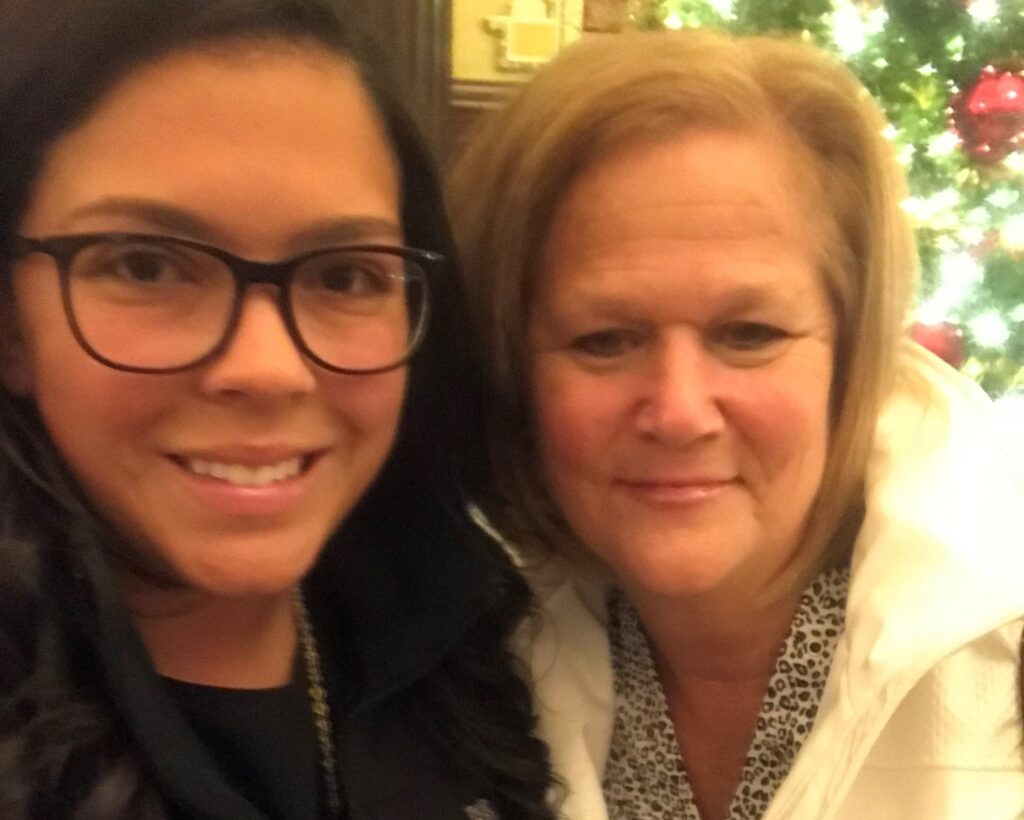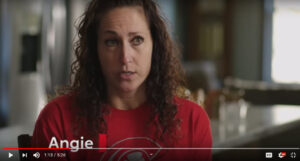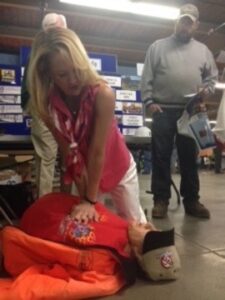
Karen Yates is the Chest Pain Coordinator and EMS Liaison for the Methodist Mansfield Medical Center in Mansfield, TX. She has nominated nurse Tai Tran for the American Heart Association (AHA) Heartsaver Hero Award for his quick actions to save a life this past December. The CPR & First Aid Blog sat down with Karen to learn more about her story:
Question: Karen, tell us what happened.
Answer: It was December 27, 2018, and the patient in question, Don, was at a local Lifetime Fitness gym here in Mansfield. Don had finished with his workout and had just entered the locker room when he fell in cardiac arrest.
Fortunately for him, a nurse from Methodist Mansfield Medical Center, Mr. Tai Tran, had walked in right behind him, saw him collapse and began CPR immediately. While Tran performed CPR, other patrons called for gym employees and dialed 9-1-1. Thankfully, the employees at the gym were well-trained and quickly responded with an AED, which they used to defibrillate Don twice. The immediate and effective care Don received from Tran and the Lifetime employees worked, and he was awake and talking by the time EMS brought him into the hospital.
Q: Now what role did you play?
A: Through an app on my phone, I stay connected to the local fire department’s dispatch while I’m on duty. When the call for Don came in, I was able to alert our emergency room that a cardiac arrest was arriving soon so that they could prepare for an imminent reception. We were ready and waiting when the patient arrived.
I went outside to greet the ambulance, and I recall asking Don, “How do you feel?” “A little tired,” was his response. Well, that’s to be expected!
Q: What’s his outcome now?
A: Thankfully, I can report that Don has been discharged and is at home recovering with his family. I’ll add that Don and his family clearly understood that this story could have had a very different outcome had the right people not been around. The impact of that isn’t lost on anyone, and the gratitude everyone shares for this happy ending has been deeply felt by all of us.
I nominated Tai Tran for the AHA’s Heartsaver Hero Award because he is an ideal example of how quality CPR training and quick action can save a life no matter where you are.
Q: What is your affiliation with the American Heart Association? And why AHA?
A: Our hospital recognizes the AHA’s training, such as BLS and ACLS. It is required continuing education. I’m actually an instructor and have had a long-time relationship with the Association. I also participate in Mission: Lifeline in North Texas as well as participating in the AHA’s Speaker’s Bureau.
From a personal perspective, I feel that the AHA’s mission is clear and its curriculum comprehensive. In terms of cardiac care, the AHA sets the gold standard. It’s as simple as that.










